Red Bull rounded out launch season for Formula 1 in 2024, with many of the launches online and with limited media presence, with teams opting to largely disguise, or not present the full configurations cars will take for testing.
Nonetheless, it was still possible to observe some salient details to sufficiently compare the top three cars of last season - and it was interesting to see how Red Bull, Mercedes and Ferrari's new machines are direct consequences of the targets each has set itself.
Red Bull's RB20
With the RB20, Red Bull has the expectation of carrying on where it left off in 2023 and maintain the advantage that the RB19 had over the field.
The new car reflects this need, with the technical team, led by Adrian Newey and Pierre Wache aware that the RB19 was an almost perfect platform to deliver performance, but also considering it not to be tangibly improved if they remained tied to the concept of the 2022 RB18.
To make a leap in performance, it was necessary to take the new RB20 project to the extreme and partially distort it, in order to gain time over rivals. This is where the choice to adopt vertical sidepod inlets comes in.
It is a choice that creates a visible aerodynamic difference, and on paper at least, could lock in a lasting advantage over opponents, as it cannot be integrated into other cars during the season, with every element of the new car, from the extended nose to the leading edge of the front-wing functional to this new aerodynamic concept.
The strong resemblance of the car's upper central section to the Mercedes W14 of 2023 is an unintended consequence and not a copy. The increased volume of the ducts that direct hot air towards the rear is necessary to maintain adequate heat exchange for power unit reliability.
Max Verstappen is therefore right in that Red Bull did not follow the Mercedes concept, and that it starts from a conceptual base opposite to that of the flawed Mercedes, but rumours persist that Red Bull could introduce radical new sidepods from the Japanese Grand Prix - round four of the season.
Red Bull could adopt the zero sidepod concept introduced by Mercedes in 2022 and then abandoned at the Monaco GP last year. The question to ask would be why Red Bull see the need to do this.
Does it make sense to throw away a concept that yielded 21 victories out of 22 GPs and embrace one that has proven to be difficult to get into an operating window and find consistent performance?
Red Bull tech
RB20 vertical air inlets
The sidepods are characterized by a lip placed at the level of the upper profile, above a narrow and long vertical slit, into which the cooling air intakes have been transformed. In practice, this allowed the concept of the undercut to be taken to the extreme, while at the same time implying a total redesign of the internal fluid dynamics.
RB20 Mercedes style gulleys
An element that stands out concerns the shape of the bodywork at the base of the engine cover. It is characterized by two volumes with a circular section that recall the gulleys of the revised version of the Mercedes W14.
This is the consequence of redesigning the internal fluid dynamics and not a conformation sought as a primary design objective.
Mercedes W15
The Mercedes W15 represents rebirth, after two years spent in the fruitless development of a concept as extreme as it was ineffective.
The clear goal is therefore linked to concreteness, which can also pass as a return to the conceptual basics of ground effect single-seaters.
Understandably, the W15 incorporates winning concepts of the RB19, for now, with the exception of the front wing.
Characterized by a conformation of the last flap that could be borderline legal in terms of the regulations, it is a rather scholastic configuration, which is destined to be quickly modified by the test in Bahrain.
However, it is worthy of note the work carried out by the Brackley engineers in moving the cockpit much more centrally, i.e. moved back by about 10cm compared to the W14 and the compact rear end around the new gearbox and the change from pull to push-rod suspension.
It is easy to understand that the developments of the car will follow frequently over the course of the season with planned steps.
Mercedes tech
W15 front wing
The front wing of the W15 represents perhaps the least conventional element of the car.
In particular, the last flap, in the central section, next to the nose, has been reduced to chord level, making it extreme in a sort of gurney tab of the flap below.
The regulation requires that the wing be made up of four distinct elements with defined volumes, even in their central section. It is interesting solution that favours the exploitation of the central portion of air flow, but which appears decidedly borderline legally.
Ferrari's SF-24
The Ferrari SF-24 has the burden of making consistent performance in race pace its strong point, above all improving tyre management, a big difficulty in 2023.
The conceptual cut with the SF-23 is evident, not only in the shape of the sloping sidepods but also, indeed, mainly in the configuration of the rear end of the new machine.
In fact, the front end shows extensive work, with a different nose profile that is more rounded at the tip, front suspension which has an accentuated inclination of its elements - both for better dynamics in terms of the anti-dive effect under braking, but also to direct the flow towards the floor.
But it is at the rear where the technical team have radically evolved the car most compared to the SF-23. The rear suspension while maintaining the pull rod layout, is characterized by a geometry that is clearly different from the previous one.
It was possible to achieve this objective thanks to the more compact gearbox - shorter by 40mm - than in the 2023 car and obtaining greater freedom in the design of the volumes of the diffuser.
The sidepods slope at the level of the throat of the diffuser with a slide, which has further reduced the internals of the sidepod, which are occupied by the radiators.
The SF-24 seems more conventional than its rivals, but under the bodywork, profound work has been done to evolve the chassis in the fuel tank area, which partly hides the radiator housing.
It is in short, a sophisticated car in non-macroscopic details, but it is certainly not basic, as many detractors have hastily labelled it.
Ferrari tech
SF-24 REAR
This area of the car represents, beyond the sidepods, the most innovative part of the project compared to the SF-23.
Not only do the sidepods end at the rear with a channel that directs an energized flow at the level of the diffuser throat, but it is interesting to note how the geometry of the rear suspension has changed despite maintaining the pull rod scheme.
The pickup points of the wishbones have totally changed in relation to the new gearbox. The suspension elements have a marked inclination both in the upper wishbone and in the lower profiles sporting a wing profile cross section.
SF-24 sidepods
One of the peculiar characteristics is that the section and depth of the undercut between the sidepods and the floor have been increased. In this way, the flow rate around this area of the car is better exploited and increased.
Don't miss out on any of the Formula 1 action thanks to this handy 2026 F1 calendar that can be easily loaded into your smartphone or PC.
Download the calenderMost read
In this article
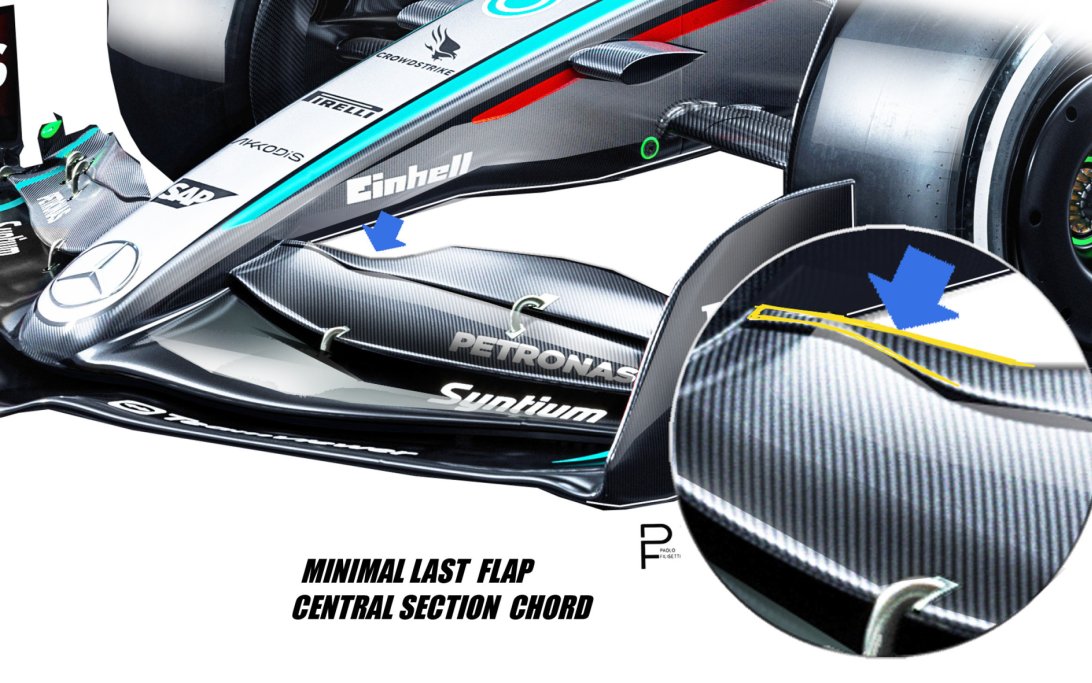
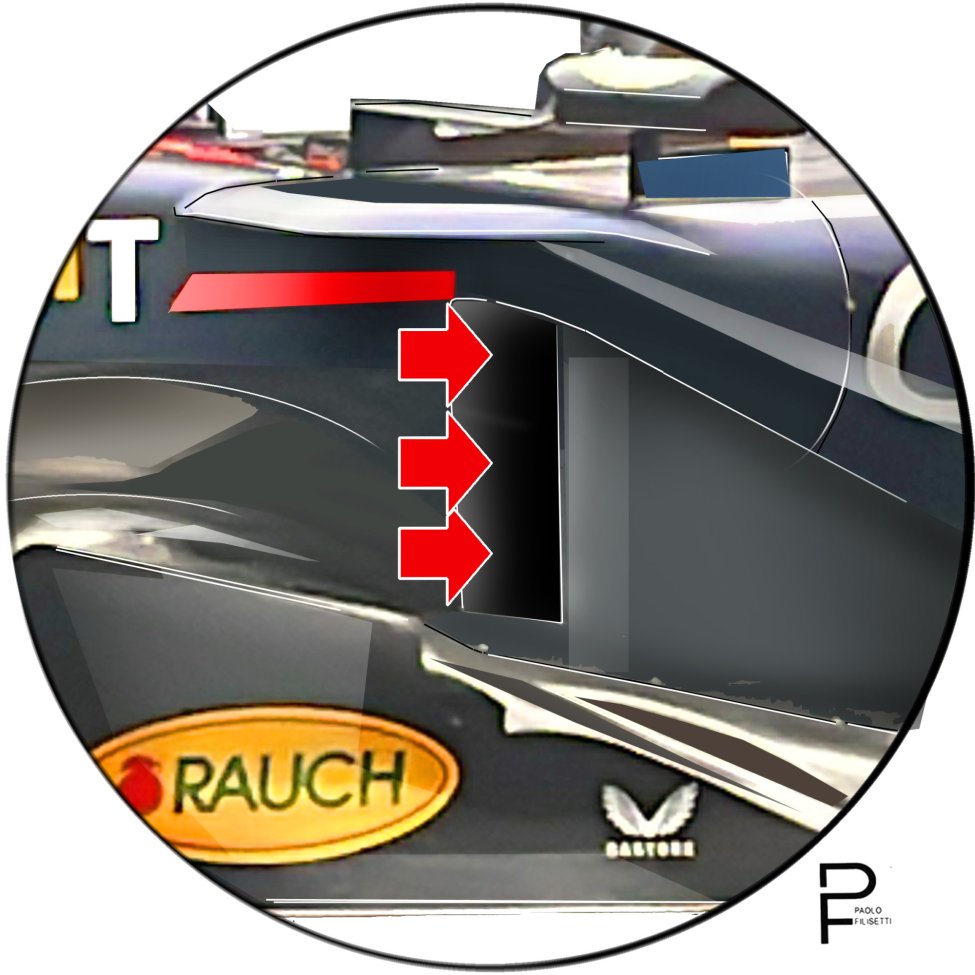

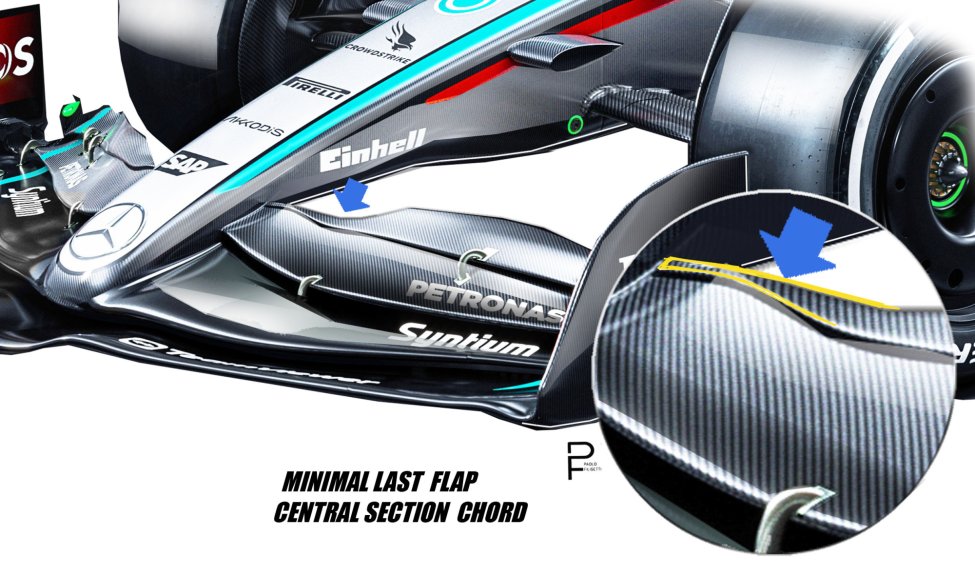

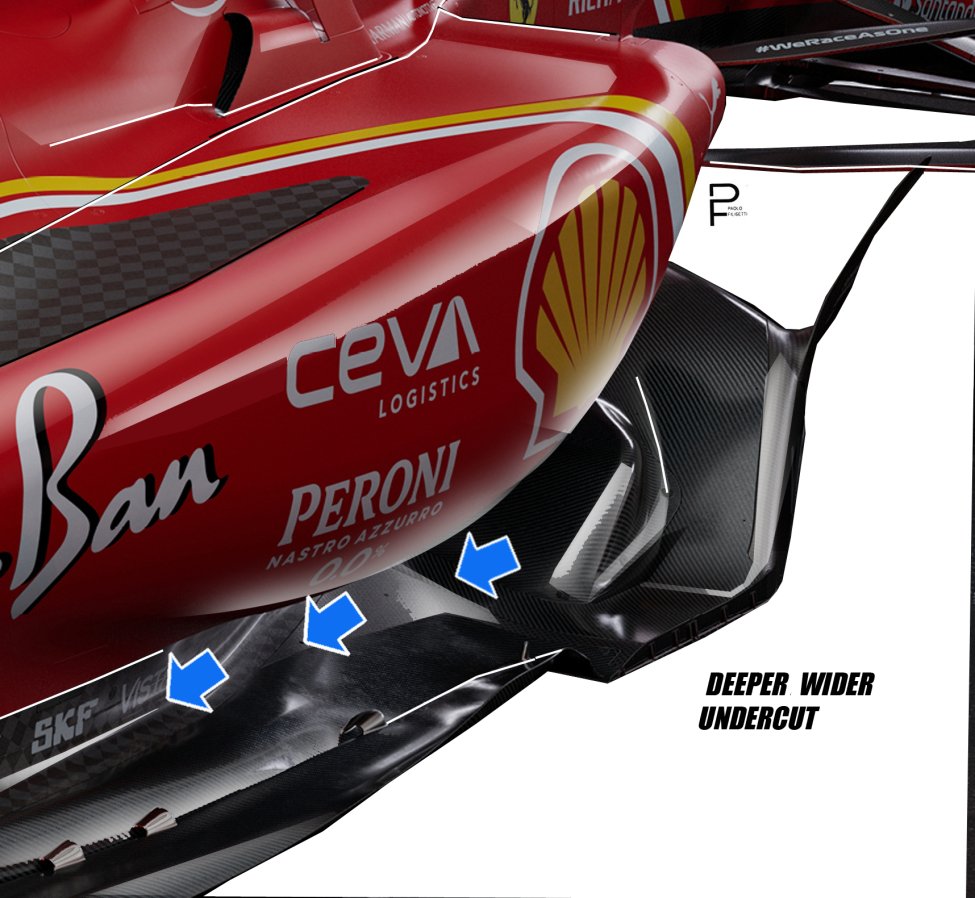
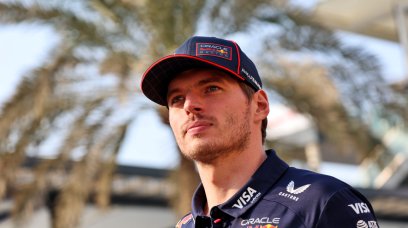
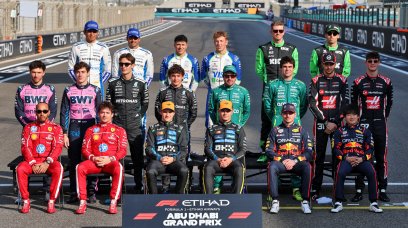
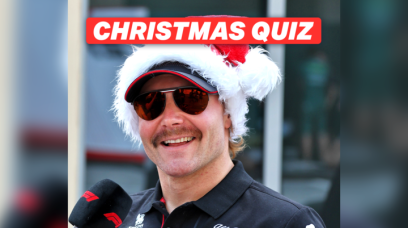
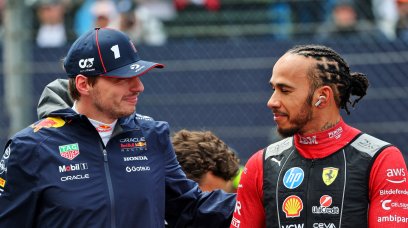

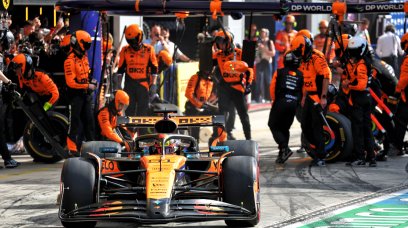
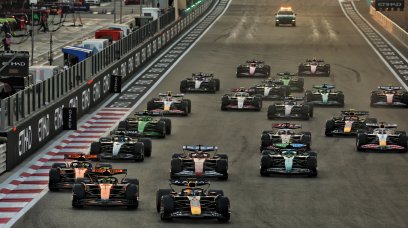
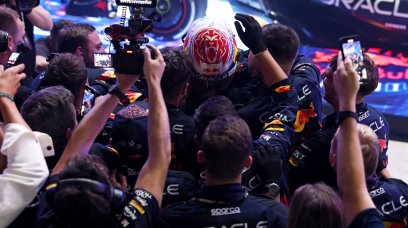
Join the conversation!